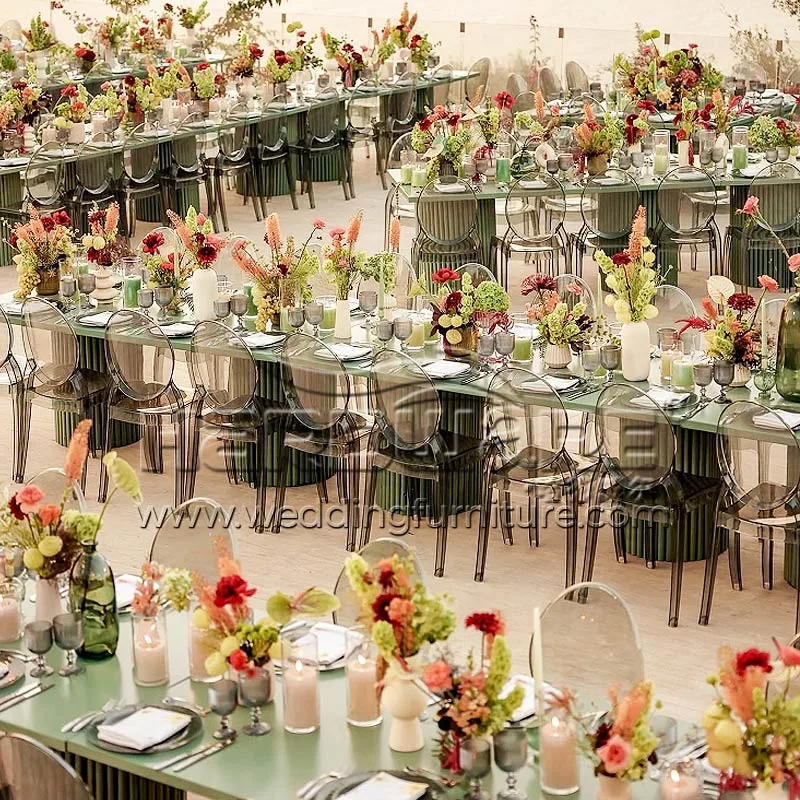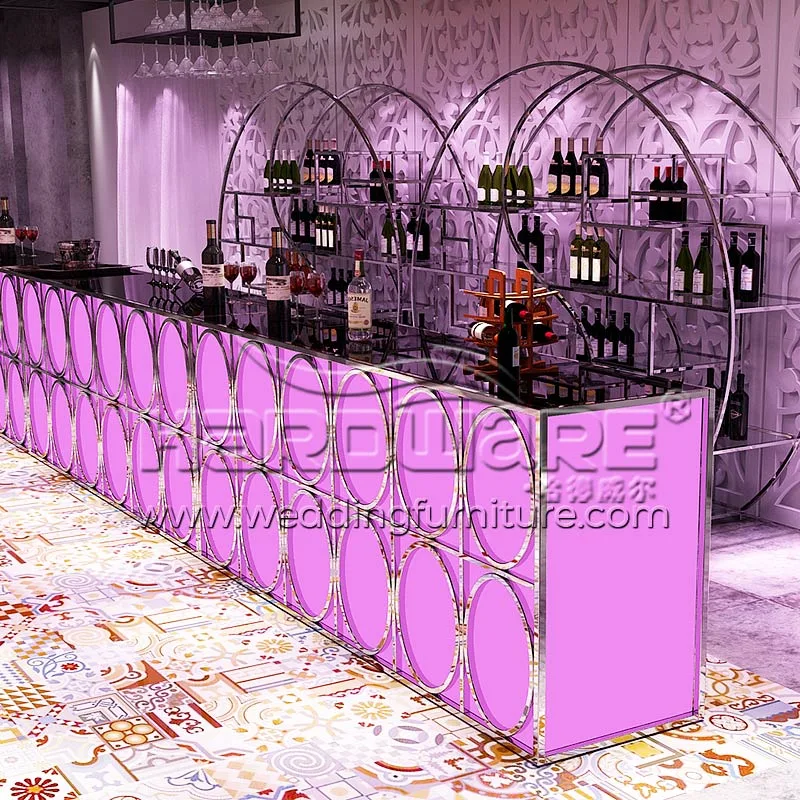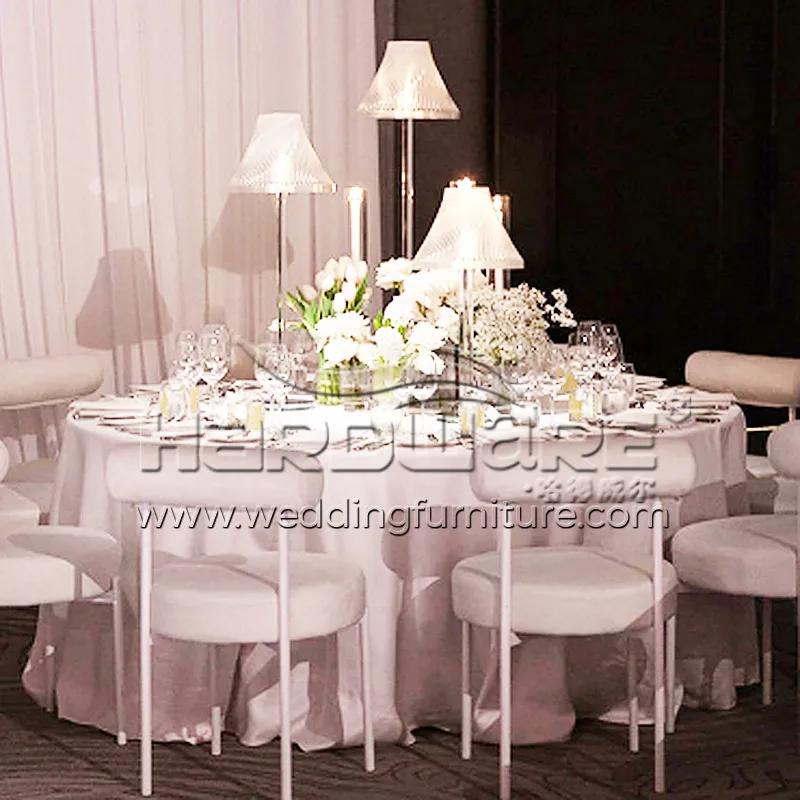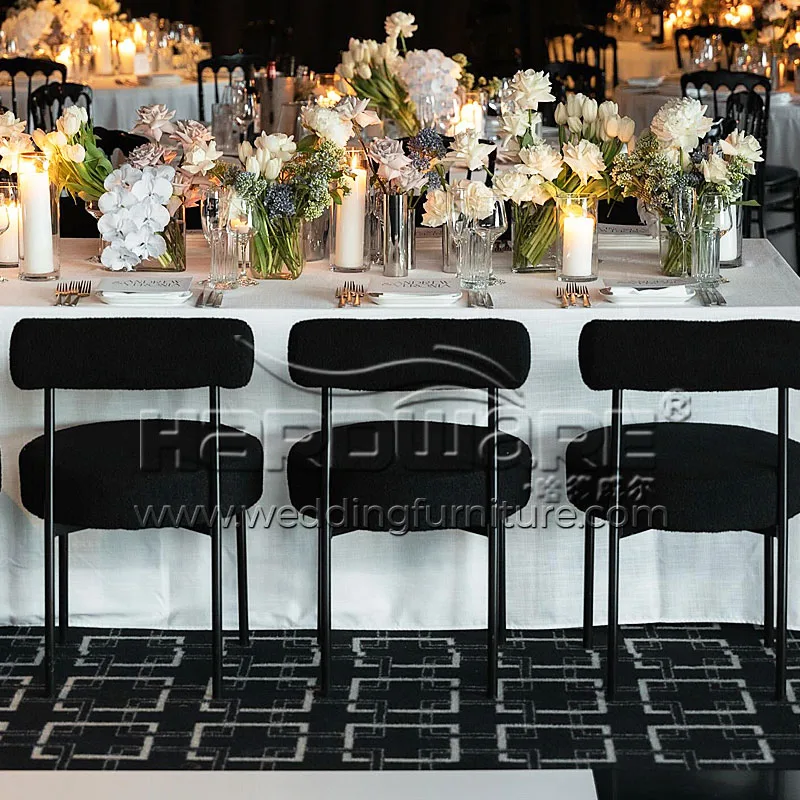Fairy Tale Wedding Setup: Creating a Cinderella-Inspired Look
A Cinderella wedding is a dream for many brides. This theme brings magic, beauty, and elegance. The glass slipper, the grand ballroom, and the royal decorations make it special. The right wedding furniture will help make this dream come true. You can find stylish pieces at Wedding Furniture.
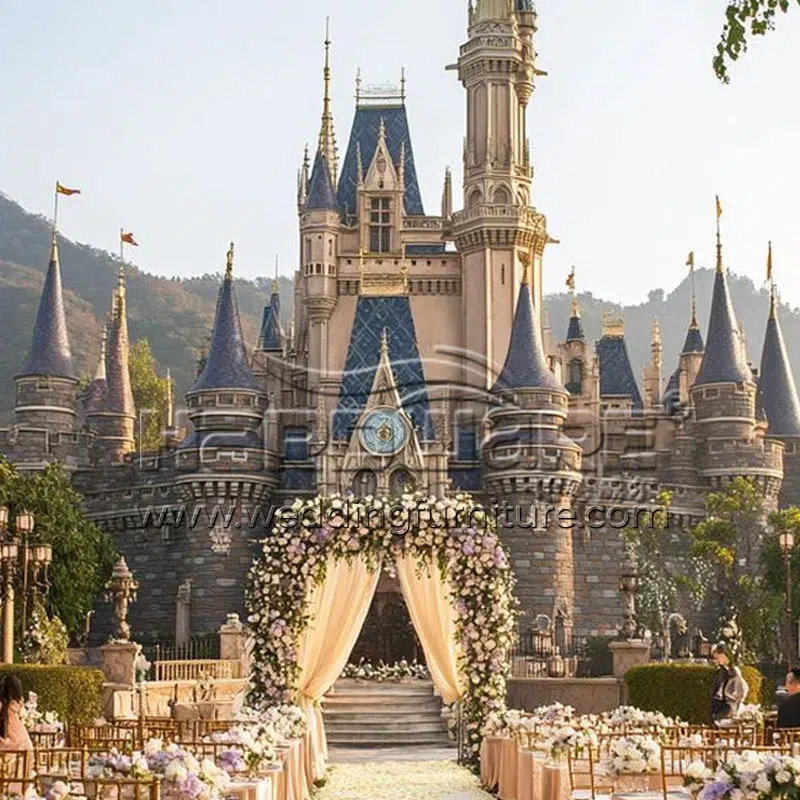
1. A Grand Entrance
The entrance is the first thing guests see. It should feel magical. Here are some ideas:
- Tall archways with soft fabric and fairy lights.
- Carriage decorations to create a royal look. A pumpkin carriage covered in flowers is a great choice.
- A long aisle runner in light blue or white.
2. Wedding Furniture for a Royal Look
The right furniture makes the theme complete. These pieces will help:
- Elegant banquet chairs in white or gold. Detailed designs make them look beautiful. You can find these at Wedding Furniture.
- A special table for the bride and groom. Crystal details or a mirror top add a fancy touch.
- Round tables for guests with silver, white, or light blue tablecloths.
3. A Grand Ballroom Reception
The reception should be like a royal ball. These decorations can help:
- Crystal chandeliers provide warm, romantic light.
- Candle centerpieces featuring pastel flowers.
- A plain white or mirrored dancing floor.
4. Small Details That Add Magic
Small decorations strengthen the theme. These details will be helpful:
- Glass slipper table decorations.
- Silver and crystal tableware create an exquisite appearance.
- Napkin holders with magical wands add a fairytale touch.
5. A Royal Seat for the Bride and Groom
The couple should sit in a special place. Here are some good choices:
- Throne chairs or a loveseat in white, gold, or silver. Soft fabric makes them look fancy.
- A curtain backdrop made of chiffon or tulle. Soft lights make it look magical.
6. Soft and Warm Lighting
Lighting helps create a dreamy feeling. These ideas will work well:
- Blue and gold lights add a royal touch.
- Fairy lights and lanterns provide a lovely radiance.
- A lighted Cinderella carriage photo booth for entertaining photos.
7. A Beautiful Dessert Table
A unique dessert table adds magic. These suggestions will help:
- A towering wedding cake with gold decorations and a glass slipper topper.
- Cupcakes and macarons with crowns and carriages.
- A dessert stand with crystal or mirror accents.
8. Guest Seating That Matches the Theme
Guest seating should look elegant. Here are some ideas:
- Gold chairs add a luxurious touch.
- Glass slipper name cards make great tiny gifts.
- A head table with flowers for a great appearance.
9. Wedding Favors for Guests
Small gifts will make guests happy. Here are some ideas:
- Mini glass slipper keychains as a keepsake.
- Candles with a fairy tale message for a simple gift.
- Candy boxes shaped like carriages for a sweet treat.
10. A Beautiful Ending
Cinderella weddings are wonderful, graceful, and romantic. The correct furnishings and decorations will make this dream a reality. Wedding Furniture has gorgeous pieces.
Are you ready to plan your perfect wedding? Start today and make it a reality!
Related article: Spotlight on Contemporary Stainless Steel Wedding Chairs
Need to order wedding furniture? Welcome to contact!
Please follow our Instagram or Facebook to get the latest news.

